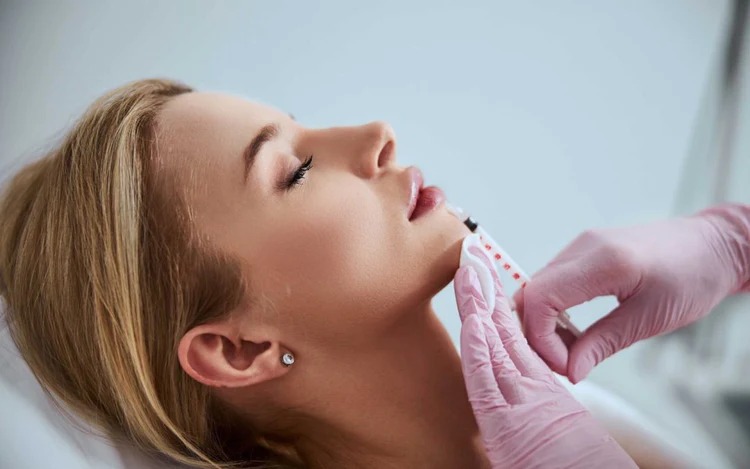Fine lines and volume loss change the way the face looks over time. Many people turn to non-surgical treatments to smooth wrinkles and restore fullness.
Anti-wrinkle injections and dermal fillers are two of the most popular options, but they work in different ways.
One reduces muscle movement to prevent wrinkles from forming, while the other adds volume to fill deep creases.
Choosing between them depends on facial structure, skin concerns, and personal goals.
A well-planned approach delivers natural results that enhance facial features without looking artificial. Knowing what each treatment does makes it easier to select the right option.
Key Points
- Anti-wrinkle injections relax muscles that cause facial lines.
- Fillers restore lost volume and soften deep creases.
- The best option depends on specific skin concerns and long-term goals.
Understanding Anti-Wrinkle Injections for Smoother Skin
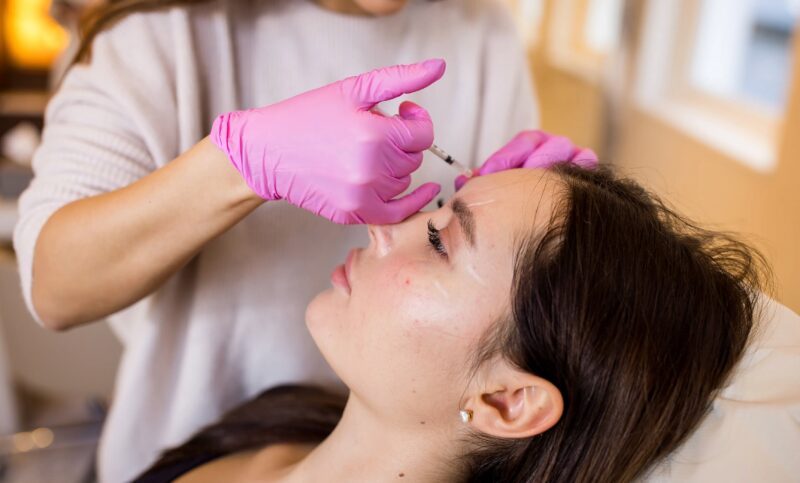
Anti-wrinkle injections contain a purified form of botulinum toxin. This substance blocks nerve signals to specific muscles, causing them to relax. Wrinkles caused by repeated expressions like frowning or squinting become less visible.
People often use this treatment for:
- Forehead lines – Horizontal lines that deepen due to frequent eyebrow movement.
- Frown lines – Vertical creases between the eyebrows that create a tired or angry look.
- Crow’s feet – Small lines near the eyes that appear when smiling or squinting.
The effects begin appearing within three to five days, with full results visible after two weeks. The treatment lasts about three to six months. Touch-ups help maintain the smooth appearance over time.
A skilled injector ensures a natural look. Too much product or incorrect placement can create an expressionless appearance. A professional evaluates facial movement to determine the right dosage and placement.
Exploring Dermal Fillers for Volume and Facial Contours
Fillers restore lost volume and improve facial contours. They do not affect muscle movement but instead add plumpness to areas that have thinned or sagged. The skin naturally loses collagen over time, leading to hollow areas or deeper folds.
Common treatment areas include:
- Cheeks – High, full cheeks create a youthful look. Fillers restore this natural shape.
- Lips – Volume loss in the lips makes them appear thinner. Fillers add definition.
- Nasolabial folds – The deep lines that run from the nose to the mouth soften with added volume.
- Marionette lines – These creases from the mouth to the chin give a downturned appearance.
Different fillers last for varying lengths of time. Hyaluronic acid fillers remain effective for six to twelve months. Other types, like calcium hydroxylapatite, provide results for up to two years.
Unlike anti-wrinkle injections, fillers offer immediate results. Some swelling or bruising may occur, but this fades within a few days. The key to natural results lies in proper placement and the right amount of product. Overfilling can create an unnatural appearance, so choosing a skilled injector is essential.
Making the Right Choice Based on Your Needs
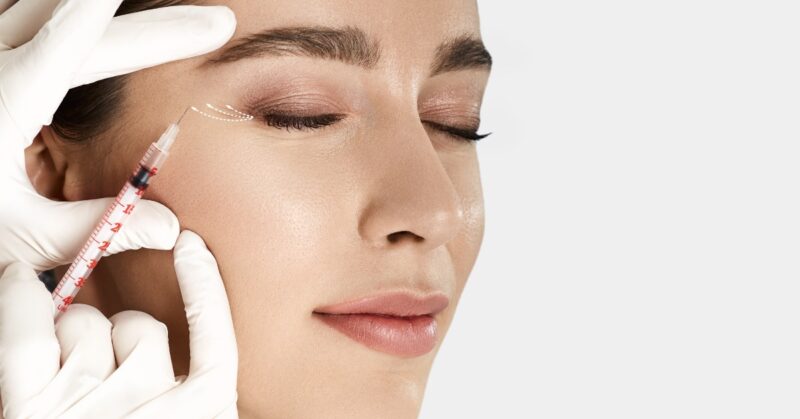
Both treatments serve different purposes. Choosing the right one depends on specific skin concerns.
- Anti-wrinkle injections work best for expression lines that form with movement.
- Fillers work better for volume loss and deeper creases visible at rest.
A combined approach may give the best outcome. Some people benefit from both treatments in different areas of the face.
Before making a decision, consider the following:
- Target areas – Do you want to smooth wrinkles, restore volume, or both?
- Longevity – Anti-wrinkle treatments last up to six months. Some fillers last over a year.
- Cost – Pricing varies based on the number of areas treated and the product used.
- Comfort level – Some people prefer gradual improvements instead of immediate results.
A consultation with an expert helps determine the right approach. A trained provider evaluates facial structure and recommends a customized treatment plan.
Potential Risks and Considerations for Each Treatment
Both treatments have high safety records when performed by trained professionals. Still, every procedure carries some risk.
Common effects of anti-wrinkle injections:
- Mild redness or swelling at the injection site
- Temporary bruising or tenderness
- Rare cases of eyelid or eyebrow drooping, which resolves within a few weeks
Possible side effects of fillers:
- Swelling and mild discomfort for a few days
- Bruising at the treatment site
- Very rare risk of lump formation or uneven results
Choosing an experienced provider minimizes risks. A professional understands facial anatomy and knows how to achieve a balanced, natural look.
Finding Trusted Professionals

For those in Sutton Coldfield, expert providers offer safe and effective treatments. Anti-Wrinkle Sutton Coldfield clinic SP Beauty provides tailored solutions to meet individual needs. A trained aesthetician evaluates skin concerns and creates a personalized treatment plan.
A consultation typically includes:
- Assessing facial movement and volume loss
- Discussing expectations and potential results
- Recommending a treatment strategy based on long-term goals
Choosing a provider with experience in both anti-wrinkle treatments and fillers ensures natural-looking results. A well-planned treatment approach enhances facial features without an artificial appearance.
Maintaining Results and Long-Term Care
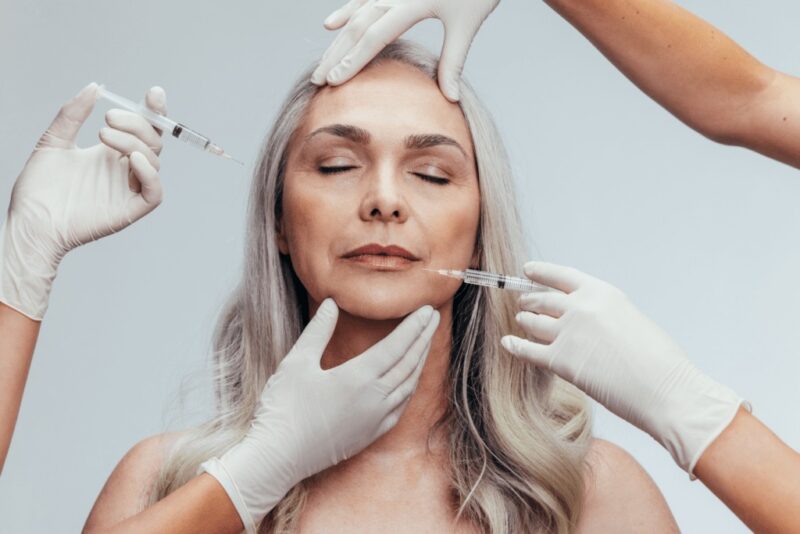
Achieving a youthful, refreshed appearance does not end after treatment. Maintaining results requires a combination of professional treatments and proper skincare.
How Often Should Treatments Be Repeated?
- Anti-wrinkle injections last between three to six months. Regular follow-ups help sustain smooth skin. Waiting too long between sessions allows muscles to regain full movement, making wrinkles more noticeable.
- Dermal fillers last anywhere from six months to two years. Longevity depends on the type of filler and the area treated. Some areas, like lips, metabolize the product faster than others.
Daily Skincare and Lifestyle Choices
- Sun protection – UV exposure accelerates collagen breakdown. Using sunscreen daily prevents premature aging.
- Hydration – Well-moisturized skin holds volume better and appears healthier.
- Healthy diet – Nutrient-rich foods support skin elasticity and prevent dullness.
- Regular professional care – Routine consultations ensure treatments remain tailored to facial changes over time.
Combining treatments with a strong skincare routine extends results. Aesthetic treatments work best when paired with daily habits that support skin health.
Conclusion
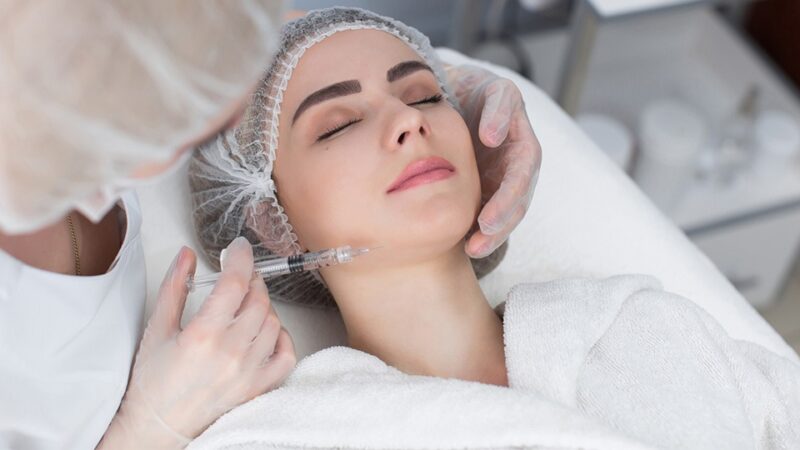
Both anti-wrinkle injections and dermal fillers offer effective ways to maintain a youthful look. One smooths expression lines, while the other restores lost volume. The right choice depends on individual facial concerns. A skilled provider will assess skin needs and recommend the best approach for natural, balanced results.

